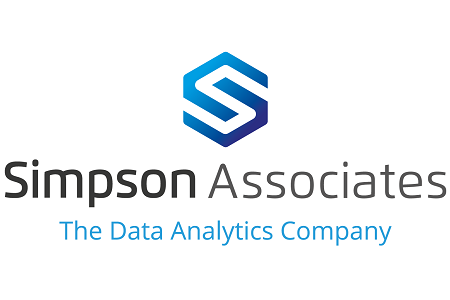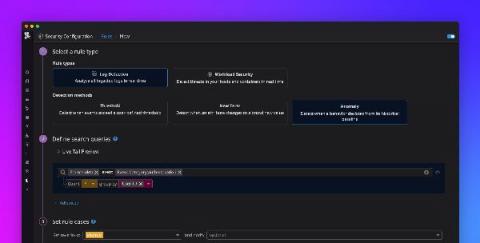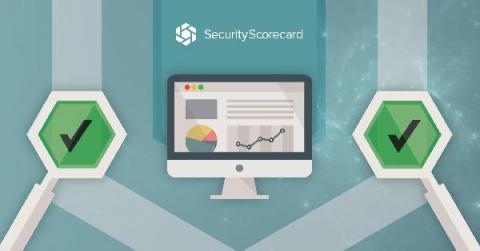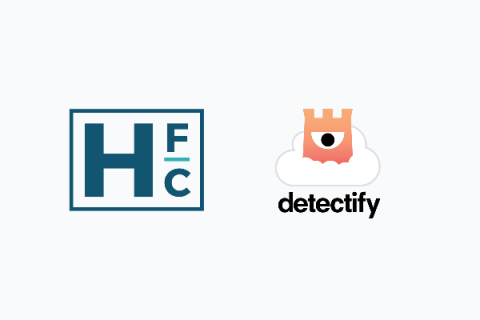The anatomy of an arbitrage betting bot
In gaming and betting, it is said that the house always wins. However, some bettors are constantly looking for loopholes to guarantee a profit no matter the outcome of their bets. They have even developed sophisticated software tools to help with a controversial tactic called arbitrage betting, which costs the industry millions each year.











